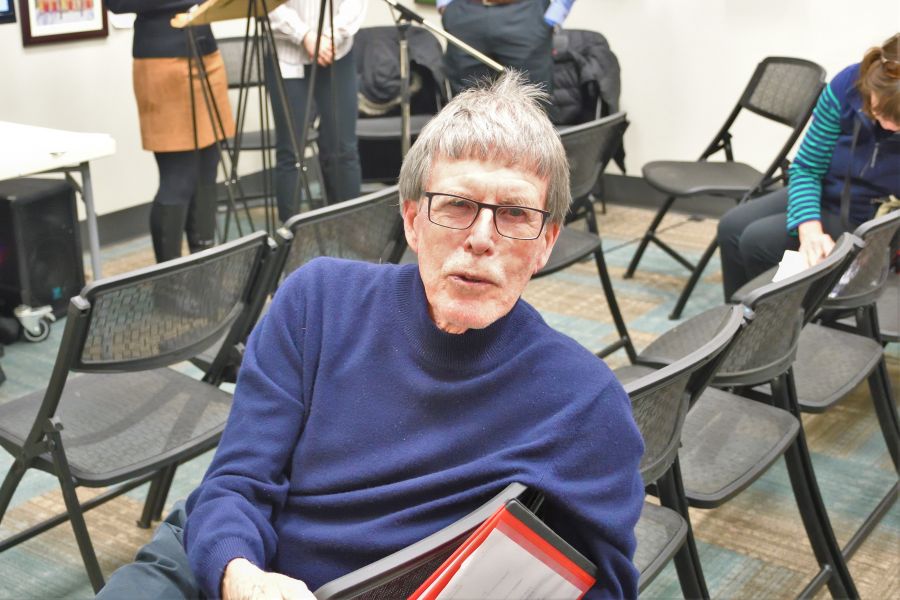In last week’s column I suggested humans were most capable of learning novel cognitive and motor skills, and were most creative, between the teenage years and late thirties.
To support my hypothesis, I cited the highly imaginative and creative work of a small pool of theoretical physicists, who in the first three decades of the 20th century, created the brand-new field of quantum physics. With few exceptions, most of those physicists were in their 20s or 30s at the time of their best work.
Another example I drew on was that of learning and performing complex motor skills at the highest level in sports such as gymnastics, in which most athletes are at their best in their teens or early twenties.
To many readers, quantum physics and gymnastics may seem totally unrelated, but in the manner in which both involve visualization, learning and integrating complex neural systems in the brain, they are very similar.
In a study published in the journal Nature on April 14, data from over 100,000 MRIs were assessed for grey matter volume, cortical thickness, white matter volume and ventricular volume, beginning in utero through to late life.
Cortical thickness increased rapidly in the fetal brain, continued into early childhood, peaked in the late first decade and declined thereafter slowly into late life.
The profile for grey matter volume, which adds grey matter in the base of the brain, was similar but peaked a little later after which, like neocortical thickness, it too began a long decline into later life. Matter volume, on the other hand, peaked much later – between the ages of 20 and 40 – after which, it also declined.
Grey matter, whether the deep nuclei or neocortex, contains all the nerve cells in the brain as well as nerve fibres, which originate with those neurons or connect with them from elsewhere.
White matter contains fibre systems outside the grey matter, but no nerve cells. Finally, the volume of the fluid-filled ventricular system begins to rise as early as the 20s and faster after 40, and reflects age-related losses of both grey and white matter.
Obviously, there’s more to the story of the functional capacities of the brain than the simple metrics cited in this MRI study. Even so, most of what becomes the mature human brain happens in the first three and, especially, first decade of life and begins in utero.
The whole process of cellular differentiation leading to the development of the mature brain, is a highly choreographed, exquisitely orchestrated, and finely timed spatial and temporal process.
It involves selective activation of some genes, silencing other genes and molecular signalling cues, which direct the specialization of nerve cells including how many are created, where they migrate and which connections they make with other brain cells.
In this process, competition develops between nerve cells to make the most effective connections. The result is the most successful nerve cells survive, and the less successful ones disappear without a trace, in a process called “programmed cell death,” for which studies a Nobel Prize was awarded to Sydney Brenner, Robert Horvitz and John Sulston in 2002.
Some scientists debate the relative roles of nature, and nurture – that is, the importance of genes compared to environmental influences – on the brain's development. However, they miss the point.
Evolution endowed the brain with an enormous capacity to adapt to its environment, whether language, culture, educational opportunities (or lack of), and acquire new skills.
The brain is a learning machine par excellence. That’s why it adapts so well to environmental challenges such as learning first and even second and third languages with such apparent ease early in life and picking up computer skills so quickly in childhood and the teenage years – skills that so often elude their parents and certainly grandparents.
There is the telling example of how Stone Age people living in isolated communities in New Guinea in the early 20th century, quickly adapted to western cultures, languages, and vocations within a few decades. Here was yet one more example of an omni-capable brain – more than capable of taking on new challenges unimaginable by their ancestors.
Tragically, brains without opportunities to learn skills such as language early in life, may fail to do so later. To reach its full potential, the brain needs good health plus continued and varied nurturing especially early in life. That’s why malnutrition, disease and lack of stimulation can be so devastating for the brain's development.
There is a final point worth making. Brains work in concert with other brains. We learn from one another, our parents, family, extended community, and these days for good or ill, through the internet.
We also have a responsibility to use our brains wisely and productively for the good of others, including other species and the planet. While we might not be quite as sharp as our grandchildren with the novel and new, our older brains have more experience.
What we chose to do with that experience is what counts.
Dr. William Brown is a professor of neurology at McMaster University and co-founder of the InfoHealth series at the Niagara-on-the-Lake Public Library.










